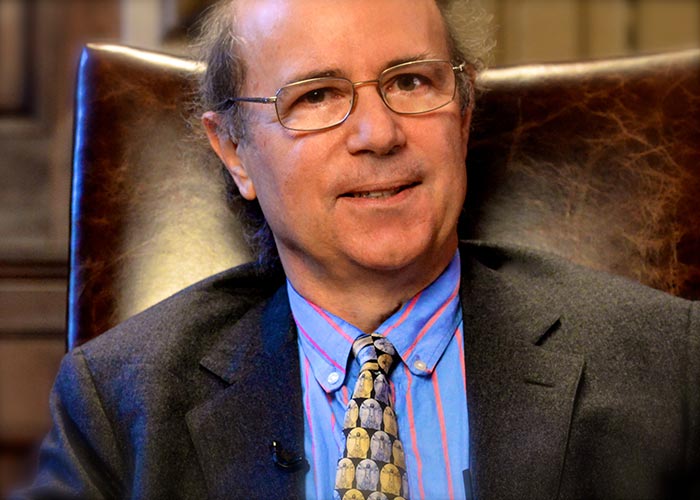

That approach, of course, was launched with the scientific revolution of the 16th and 17th centuries. In this age of rising skepticism, he wants his readers – whom he imagines to be lawyers, doctors, artists, parents or simply curious people – to be “born again, in the way of science.”
Instead, Wilczek talks about modern physics and cosmology from a more broad brush and philosophical perspective, often linking their findings to the real world.

There is no calculus required this is not Physics 101. He even hypothesized new elementary particles along the way (one a candidate for the mysterious dark matter that fills the universe). With his clear and joyful voice, Wilczek succeeds very well and for good reason: Your guide is a Nobel laureate who has solved several problems in modern physics, including how the strong nuclear force operates. His latest book, “Fundamentals: Ten Keys to Reality,” attempts, according to the author, “to convey the central messages of modern physics as simply as possible.” During the seemingly endless hours of coronavirus isolation, many are pursuing new educational experiences – trying out a musical instrument or finally picking up that brush to learn the art of painting.įor those with more scientific yearnings, and who regret not taking a few courses in college to learn about the physical world, theoretical physicist Frank Wilczek offers a way to catch up.


 0 kommentar(er)
0 kommentar(er)
